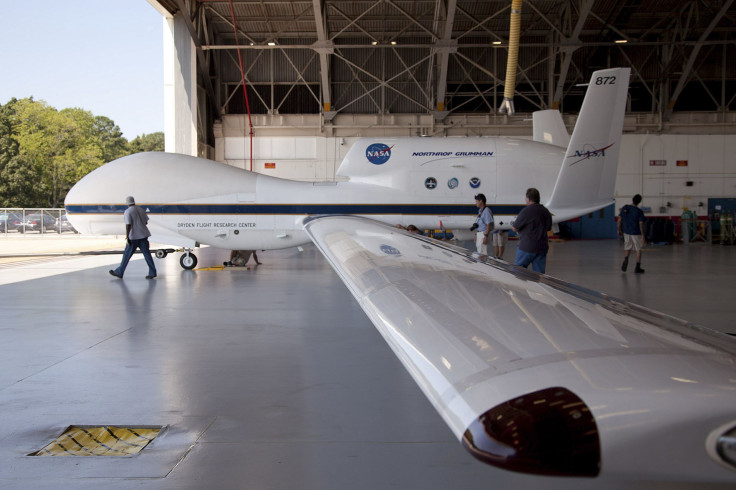‘Hacked’ NASA Drone Footage Was Freely Available Online Before AnonSec Involvement

At least some of the 250 GB of data hackers claim to have stolen from NASA was already publicly available online before the supposed breach occurred. The space agency is now questioning the validity of the claims a hacker group, calling itself AnonSec, was able to access a trove of data, including footage from a NASA drone.
AnonSec previously claimed it broke into NASA's computer networks months ago where it says it found backup files containing flight data from a NASA drone flying over an ocean. NASA has maintained there is “no evidence” the data and video footage, which the hackers made public, was leaked as the result of a breach.
Keith Cowing, a former NASA employee and editor of NASA Watch, told Motherboard Thursday there's at least one site where NASA makes available its video footage and weather logs, the same information hackers say they stole.
“This stuff has always been online,” Cowing told Motherboard. “A lot of stuff may be sitting on the server and it's like ‘Who cares?’ It’s just stuff, and you don’t really need to spend a lot of money firewalling it from every prying eye because there’s nothing sensitive in there.”
The hackers also released names, phone numbers and email addresses of more than 2,400 NASA employees. They made their announcement Sunday, going on to assert they took partial control of a surveillance drone and tried to crash it for no reason other than to prove it was possible. But NASA, and a growing pool of cybersecurity experts, have cast doubt on those claims.
“Control of our Global Hawk aircraft was not compromised. NASA has no evidence to indicate the alleged hacked data are anything other than already publicly available data. NASA takes cybersecurity very seriously and will continue to fully investigate all of these allegations,” NASA spokesperson Allard Beutel told International Business Times UK. “NASA strives to make our scientific data publicly available, including large data sets, which seems to be how the information in question was retrieved.”
© Copyright IBTimes 2024. All rights reserved.





















